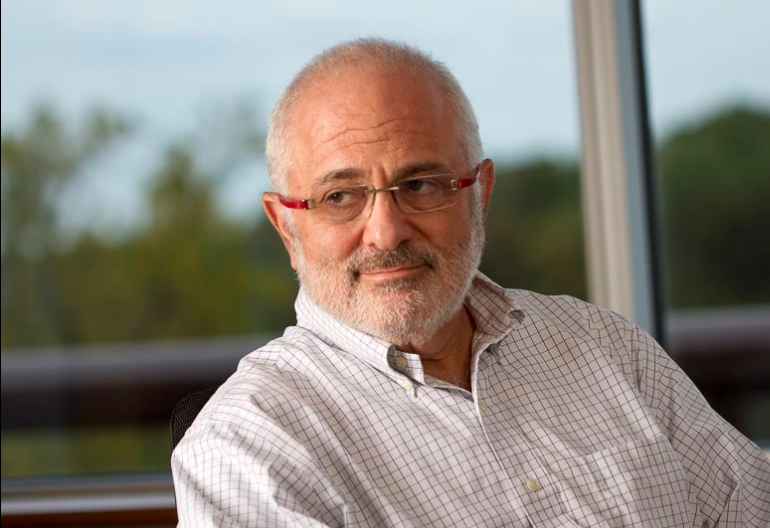I love this section because so much of what is written about
medicine presents it as always having a “right” and a “wrong” answer and that
is often not the case. More commonly,
there are multiple options that must be considered and those options are
further complicated by the social, psychological and even spiritual lives that the
individual patient lives. Thus the best
decision for one patient is not the same as the best decision for another. For this reason patients should never turn decision
making over to their physicians and should instead, always retain the ability
to make their own decisions based on understanding the issues and having the
options spelled out for them in an understandable form. Ultimately, any decision must be informed by
balancing the potential risks with the potential benefits and also balancing a
person’s own values, beliefs and live situation. How one does that is very personal.
As an example, this week’s Clinical Decision section is entitled, “Mammography
Screening for Breast Cancer” and presents a case of a healthy 40 year old woman
with two children who has no family history of breast, lung or colon
cancer. The three options given in the
article are:
- Recommend screening mammography starting at the age of 40
- Recommend screening mammography starting at the age of 50
- Do not recommend screening mammography.
The first author who supports screening starting at age 40 argues
that the potential benefit of finding an early cancer is so great, that any potential
harm of a false positive exam is small. He
states, “What about harms? The risk of a
false positive finding is greater than 50% during a decade of regular screening,
and false positives are associated with temporary anxiety. Nevertheless, women have reported that they
accept the trade-off of false positives in favor of finding breast cancer
early.” This author seems to minimize
the risks and sees the potential benefit as surpassing almost any risk. He speaks of women as a group who do not care very much about the risk of false
positives.
The second essay spells out those potential benefits in more
specific terms but then decides that the risks justify the benefit only in
women over 50 or women under 50 with specific risk factors. Rather than just finding an unanticipated
breast cancer, the authors state that the benefit must be defined as “breast
cancer deaths averted and life-years gained by the detection of biologically
significant cancers before they become apparent clinically.” The risks or harms in this essay are “false
positive tests, radiation exposure from screening and follow-up imaging,
invasive follow-up procedures, and over diagnosis.” They
also point out that screening mammography is less accurate in younger women and
result in a higher rate of false positive tests and a lower rate of
breast-cancer deaths averted leading them to the opinion that mass screening
for women with no risk factors should not occur until age 50.
The last essay takes the position that no screening should be
done. This author notes that as many as
31% of all breast cancers in the United States are over diagnosed and can
therefore result in more harm than benefit.
He goes on to say, that from a public health and public policy point of
view, many more cancers would be averted at lower risk if the efforts to
encourage screening mammography were instead used to encourage use of aspirin
routinely. He states, “The use of
aspirin for 5 years, as compared to no use of aspirin, reduced the 10-year risk
of death from cancer by 1.3 percentage points but increased the risk of major
bleeding by 0.4 percentage points.
Clearly, the benefits are much smaller and the harms much greater with
mammography screening.”
All three of these essays, are written by experts in the field. All three are using the same body of medical
literature and medical data. All three
are therefore correct according to current knowledge. So what is the answer?
The answer is individual decision making and choice. There will be those women who very strongly
value the knowledge that an early test is negative and will accept just about
any potential harm to have that knowledge.
There will be those women for whom the relative inaccuracy of the screening
test at the younger age will convince them to wait until age 50 to start
screening. There will be those women who
look at the survival numbers with and without screening for low risk women and
will decide that testing seems to be unnecessary. All will be correct.
This is part of the real world of medicine. This is part of the reality that patients and
health professionals alike face despite the push from health policy experts and
legislators to codify medical treatment into nice, neat algorithms that always
hold for everyone and are only paid for if you happen to fit the mold that they have defined. The wonderful fact is
that we are all different. We may share
biology but that biology is put together differently for all of us and we must
acknowledge and even celebrate those differences in all of life, including in
medical care.
.



